
Royal Spoonbill
Platalea regia


Platalea regia

The royal spoonbill, or kōtuku ngutupapa in Māori, is a striking wading bird that has successfully colonized New Zealand from Australia. About the size of a white heron but with a distinctive spoon-shaped bill, this elegant bird adds a touch of the unusual to our wetlands and coastal areas. Its recent spread across New Zealand makes it an exciting find for birdwatchers.
1. Large white bird with a distinctive black, spoon-shaped bill
2. Develops a shaggy white crest during breeding season
3. Unique side-to-side sweeping motion when feeding in shallow water
Royal spoonbills breed in colonies from October to February, building stick nests high in trees. They're highly sensitive to disturbance during breeding. Their unique bill allows them to feed in murky water, detecting prey through vibrations. While their population is increasing in New Zealand, they face threats from habitat loss and human disturbance. Conservation efforts focus on protecting breeding sites and maintaining healthy wetland ecosystems.
Look for royal spoonbills in wetlands, estuaries, and shallow coastal areas throughout New Zealand. They're most active during low tide when feeding. Breeding colonies can be found in tall trees near water, often alongside other waterbirds like herons and shags. After breeding, they disperse widely, so check coastal sites across the country. Tip: Visit places like Okarito Lagoon or Miranda Shorebird Centre for good chances of spotting these unique birds.
Known as kōtuku ngutupapa in te reo Māori, the royal spoonbill first appeared in New Zealand in 1861 and began breeding here in 1949\. Its successful colonization showcases the dynamic nature of New Zealand's bird populations. While not as deeply embedded in Māori culture as some native species, its increasing presence is changing the face of our wetlands and adding to the rich tapestry of New Zealand's birdlife.
79 cm
1700 g
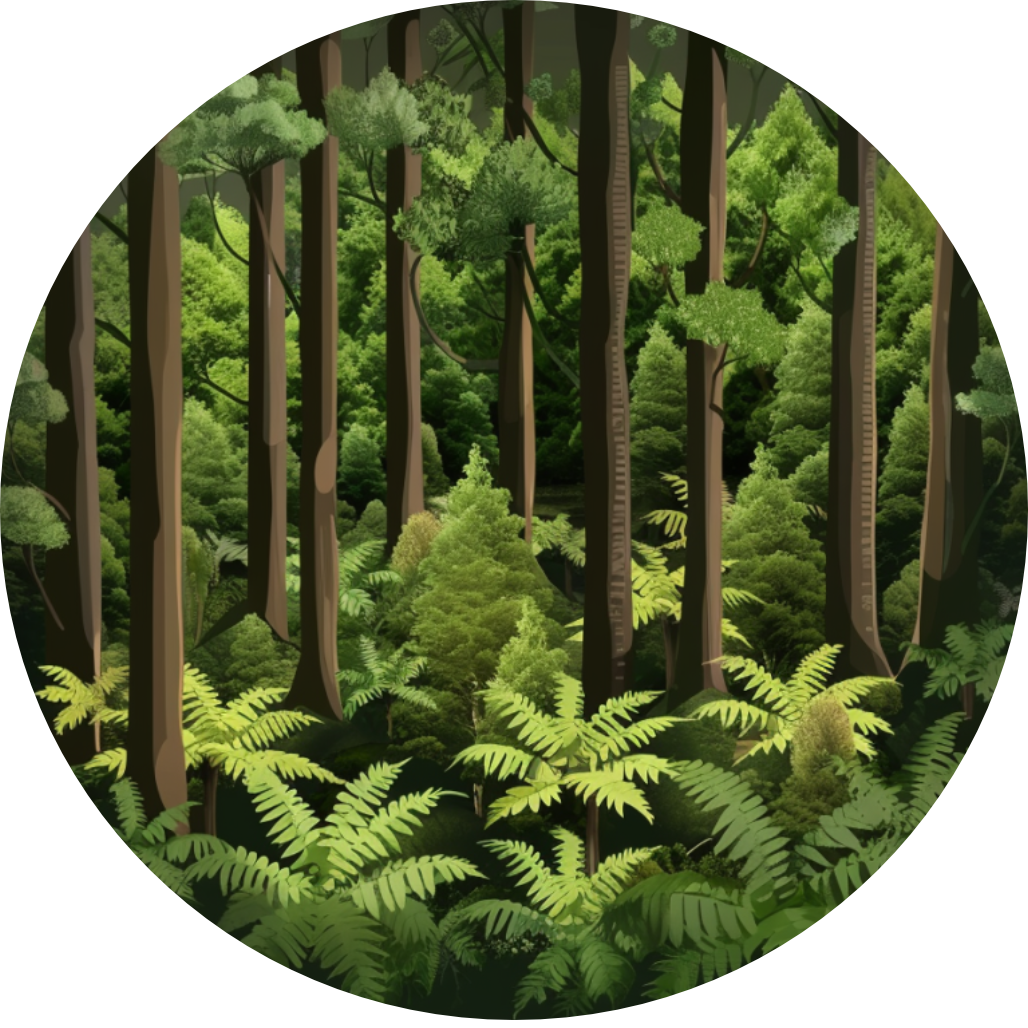
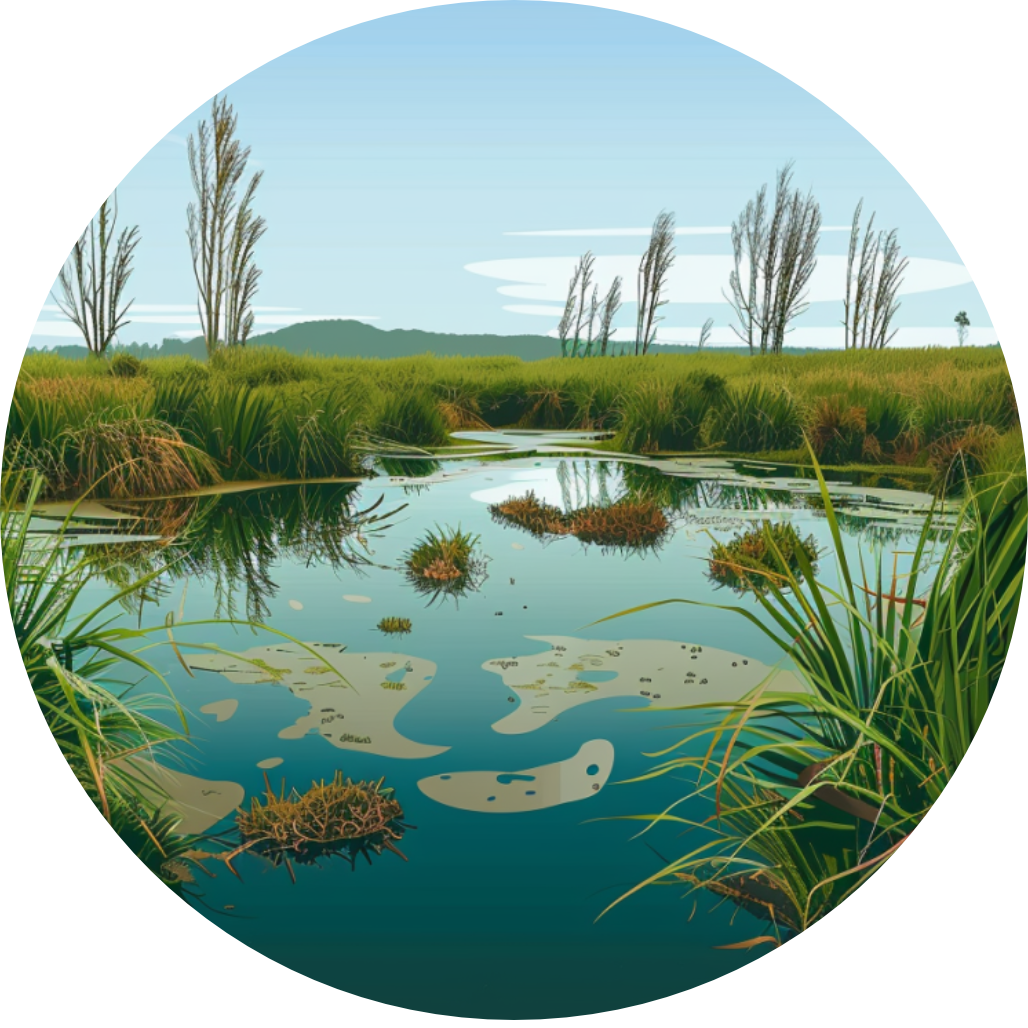
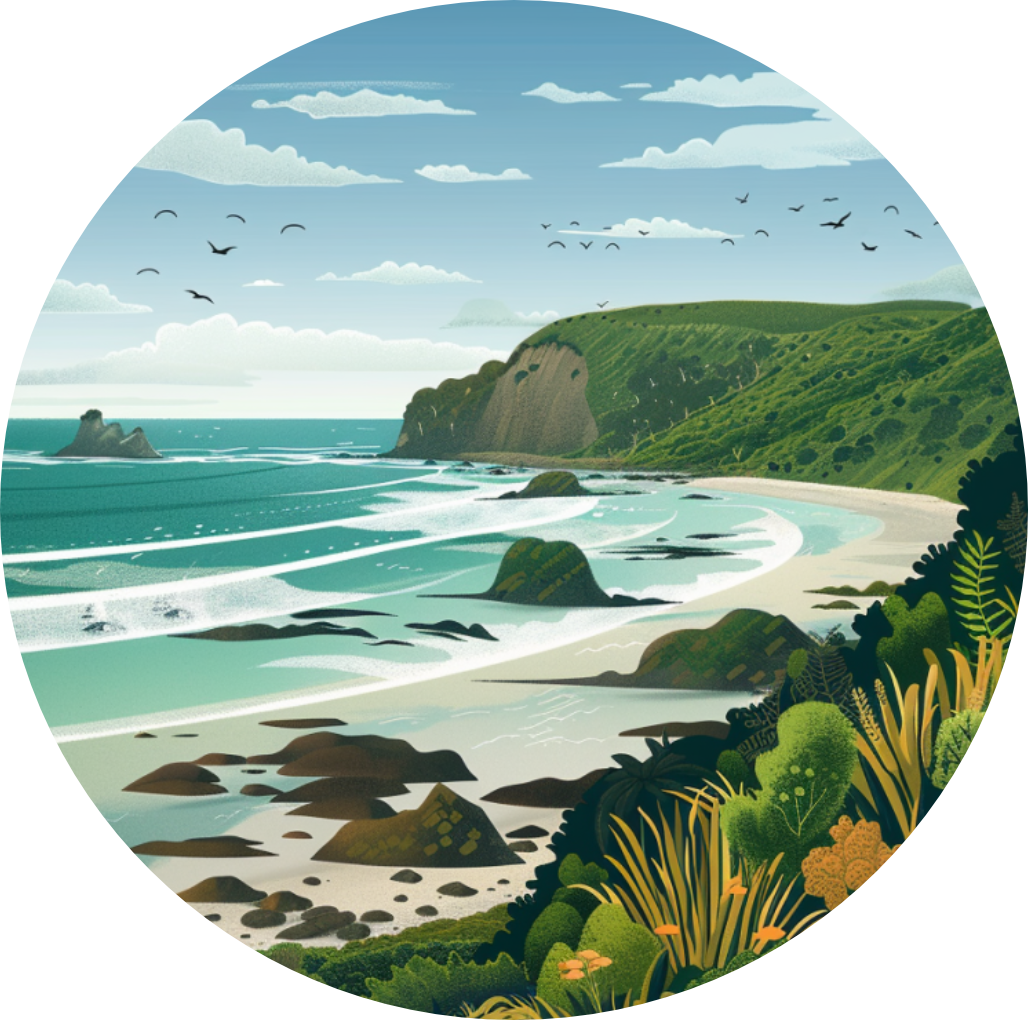

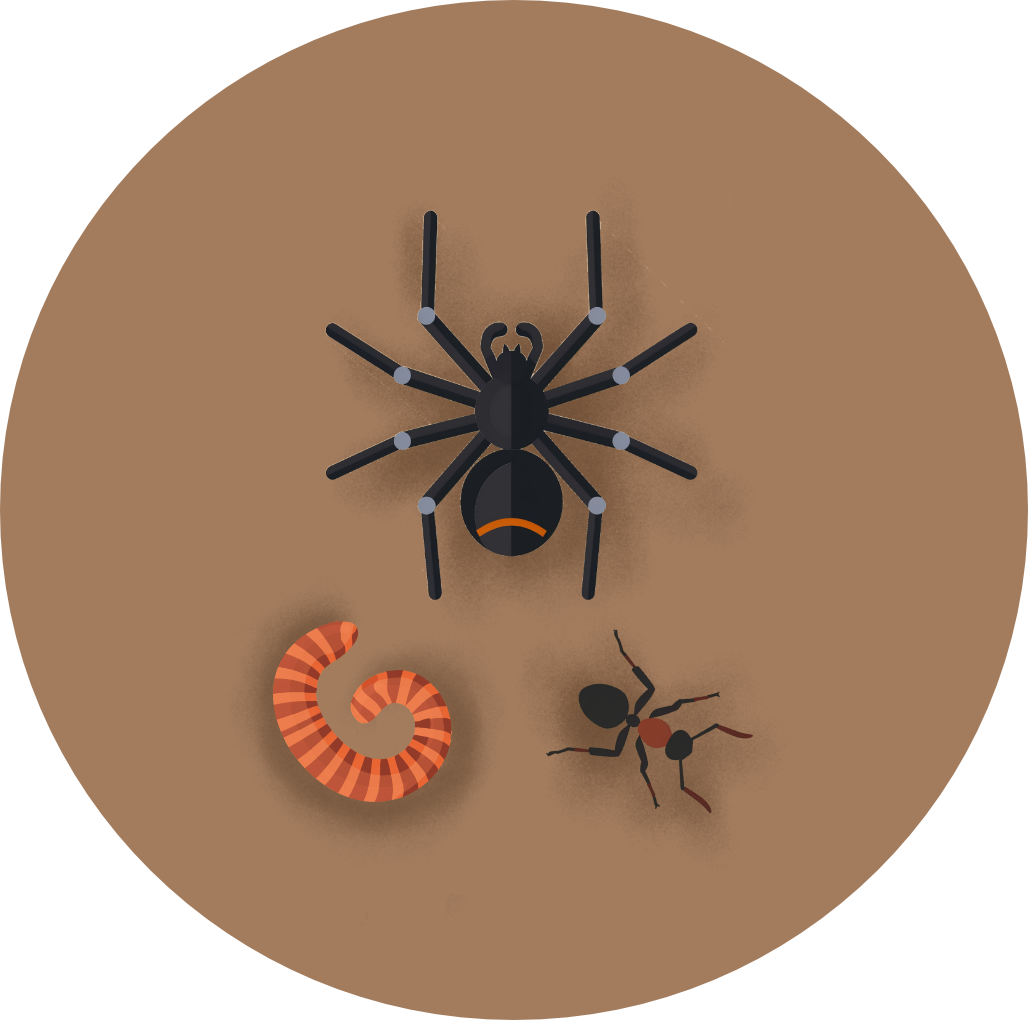
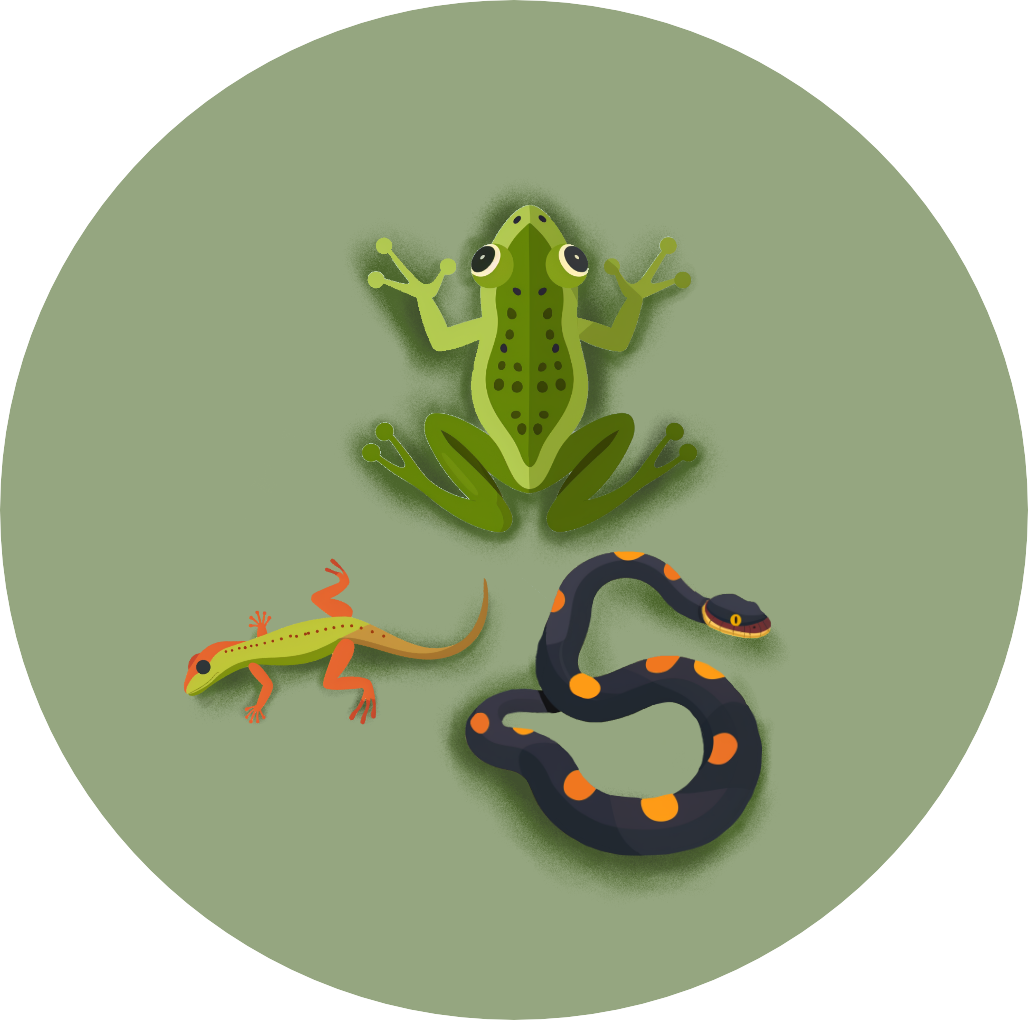
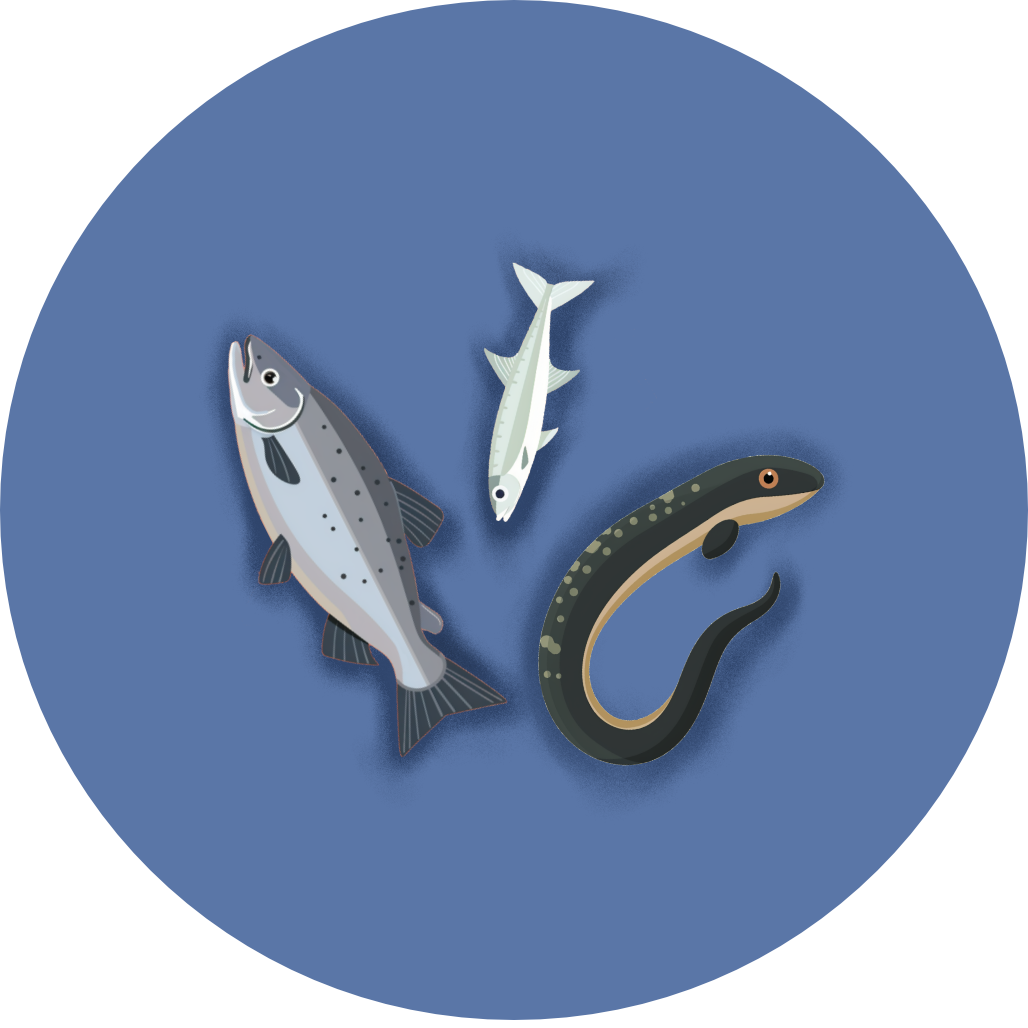
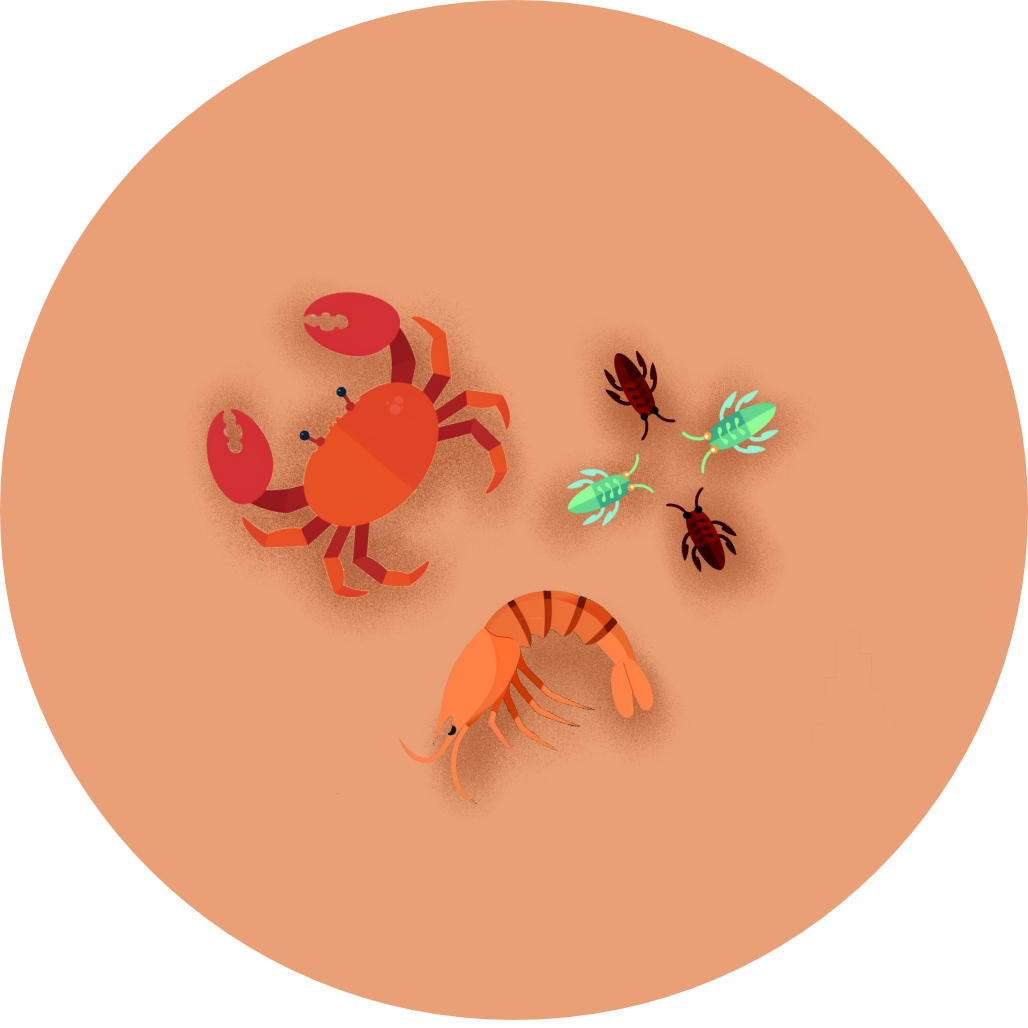
Coming Soon!
Top birding locations will be available in a future update.